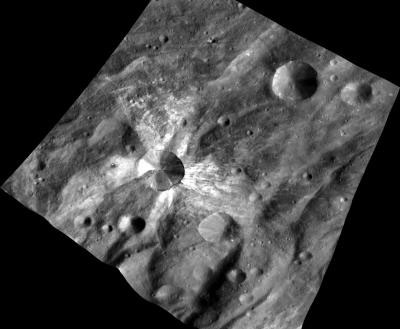 The surface of the giant asteroid Vesta is weathering in a way that appears to be completely different from any other asteroid yet visited, according to new data recorded by NASA's Dawn spacecraft. This new type of space weathering suggests that there's something about Vesta - perhaps its mineral composition or its position in the solar system - that makes its surface environment fundamentally different from other asteroids studied thus far.
The surface of the giant asteroid Vesta is weathering in a way that appears to be completely different from any other asteroid yet visited, according to new data recorded by NASA's Dawn spacecraft. This new type of space weathering suggests that there's something about Vesta - perhaps its mineral composition or its position in the solar system - that makes its surface environment fundamentally different from other asteroids studied thus far.
Oct 31st, 2012
Read more
 Millions of years ago fire and water forged the gypsum rocks locked in at Cuatro Ci�negas, a Mexican valley similar to the Martian crater where NASA's Rover Curiosity roams. A team of researchers have now analysed the bacterial communities that have survived in these inhospitable springs since the beginning of life on Earth.
Millions of years ago fire and water forged the gypsum rocks locked in at Cuatro Ci�negas, a Mexican valley similar to the Martian crater where NASA's Rover Curiosity roams. A team of researchers have now analysed the bacterial communities that have survived in these inhospitable springs since the beginning of life on Earth.
Oct 29th, 2012
Read more
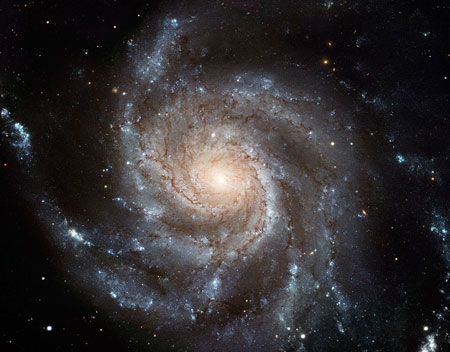 In the pre-dawn hours of Nov. 10, astrophysicist Timothy Cook and his research team will be at the Army?s White Sands Missile Range in New Mexico, ready to launch a NASA-funded science experiment, called IMAGER, which has been five years in the making. They will use a Black Brant IX, an 18-foot-long two-stage sounding rocket capable of carrying up to 1,200 pounds of payload into suborbital flight.
In the pre-dawn hours of Nov. 10, astrophysicist Timothy Cook and his research team will be at the Army?s White Sands Missile Range in New Mexico, ready to launch a NASA-funded science experiment, called IMAGER, which has been five years in the making. They will use a Black Brant IX, an 18-foot-long two-stage sounding rocket capable of carrying up to 1,200 pounds of payload into suborbital flight.
Oct 25th, 2012
Read more
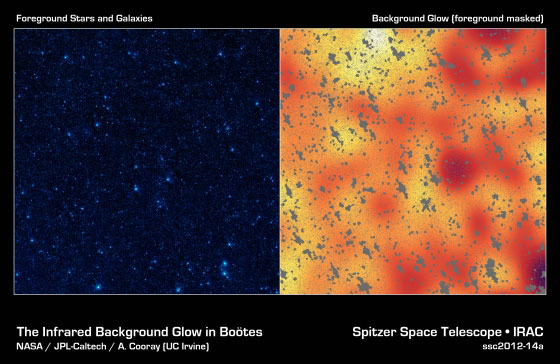 Could it be that dark matter "halos" - the huge, invisible cocoons of mass that envelop entire galaxies and account for most of the matter in the universe ? aren't completely dark after all but contain a small number of stars? Astronomers from UCLA, UC Irvine and elsewhere make a case for that.
Could it be that dark matter "halos" - the huge, invisible cocoons of mass that envelop entire galaxies and account for most of the matter in the universe ? aren't completely dark after all but contain a small number of stars? Astronomers from UCLA, UC Irvine and elsewhere make a case for that.
Oct 24th, 2012
Read more
An international team of astronomers has carried out the first three-dimensional study of a cosmic filament of dark matter. Using data from the Hubble Space Telescope, the team discovered that the filament, which is part of the Cosmic Web, is fuelling one of the most massive galaxy clusters in the universe, and has a length of over 60 million light years.
Oct 18th, 2012
Read more
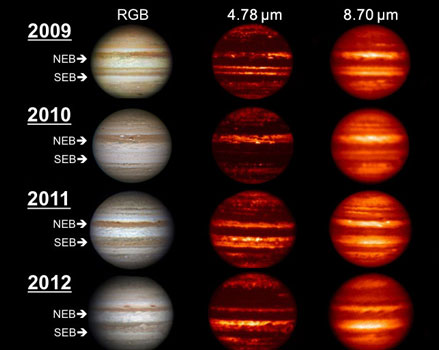 Jupiter, the mythical god of sky and thunder, would certainly be pleased at all the changes afoot at his namesake planet. As the planet gets peppered continually with small space rocks, wide belts of the atmosphere are changing color, hotspots are vanishing and reappearing, and clouds are gathering over one part of Jupiter, while dissipating over another.
Jupiter, the mythical god of sky and thunder, would certainly be pleased at all the changes afoot at his namesake planet. As the planet gets peppered continually with small space rocks, wide belts of the atmosphere are changing color, hotspots are vanishing and reappearing, and clouds are gathering over one part of Jupiter, while dissipating over another.
Oct 17th, 2012
Read more
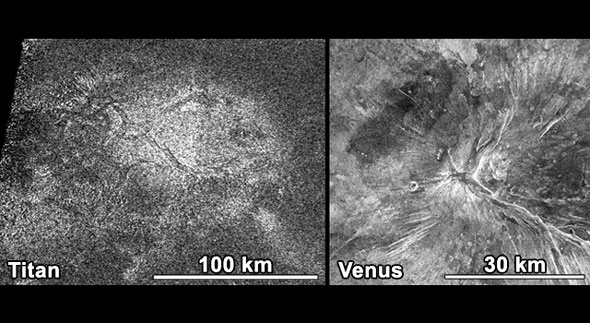 Radar images from NASA's Cassini spacecraft reveal some new curiosities on the surface of Saturn's mysterious moon Titan, including a nearly circular feature that resembles a giant hot cross bun and shorelines of ancient seas.
Radar images from NASA's Cassini spacecraft reveal some new curiosities on the surface of Saturn's mysterious moon Titan, including a nearly circular feature that resembles a giant hot cross bun and shorelines of ancient seas.
Oct 16th, 2012
Read more
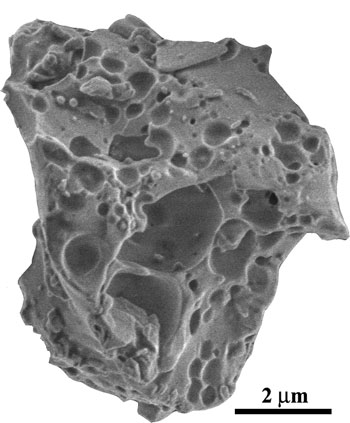 The most likely source of the water locked inside soils on the moon's surface is the constant stream of charged particles from the sun known as the solar wind, a University of Michigan researcher and his colleagues have concluded.
The most likely source of the water locked inside soils on the moon's surface is the constant stream of charged particles from the sun known as the solar wind, a University of Michigan researcher and his colleagues have concluded.
Oct 15th, 2012
Read more
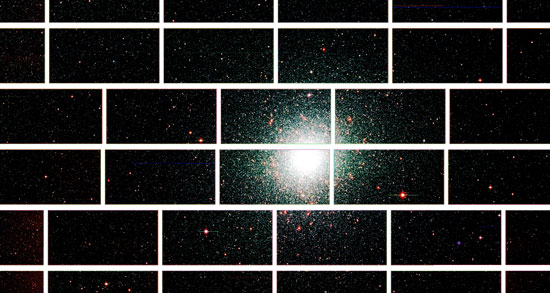 Eight billion years ago, rays of light from distant galaxies began their long journey to Earth. On Sept. 12, that ancient starlight found its way to a mountaintop in Chile, where the newly-constructed Dark Energy Camera - the most powerful sky-mapping machine ever created - captured and recorded it for the first time.
Eight billion years ago, rays of light from distant galaxies began their long journey to Earth. On Sept. 12, that ancient starlight found its way to a mountaintop in Chile, where the newly-constructed Dark Energy Camera - the most powerful sky-mapping machine ever created - captured and recorded it for the first time.
Sep 20th, 2012
Read more
 Heidelberg scientist shows that silver and gold materialised in different stellar explosions
Heidelberg scientist shows that silver and gold materialised in different stellar explosions
Sep 6th, 2012
Read more
An eggplant the size of a basketball, and a cucumber half a meter long seem, at first glance, out of this world. They are, literally. Chinese scientists have created more than 120 varieties of plants by sending seeds into space over the past 25 years.
Sep 3rd, 2012
Read more
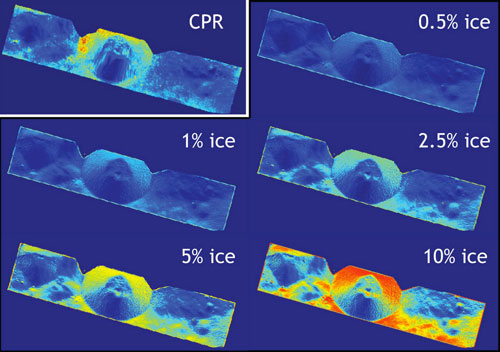 Small patches of ice could make up at most five to ten percent of material in walls of Shackleton crater.
Small patches of ice could make up at most five to ten percent of material in walls of Shackleton crater.
Aug 30th, 2012
Read more
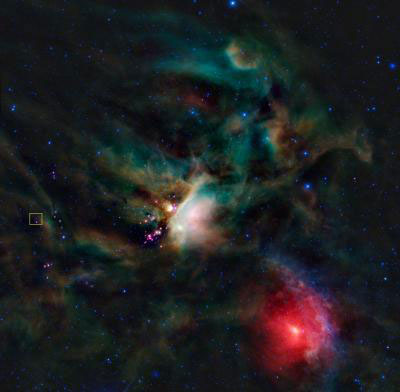 Life is made up of a series of complex organic molecules, including sugars. A team of astronomers led by researchers from the Niels Bohr Institute, have now observed a simple sugar molecule in the gas surrounding a young star and this discovery proves that the building blocks of life were already present during planet formation.
Life is made up of a series of complex organic molecules, including sugars. A team of astronomers led by researchers from the Niels Bohr Institute, have now observed a simple sugar molecule in the gas surrounding a young star and this discovery proves that the building blocks of life were already present during planet formation.
Aug 29th, 2012
Read more
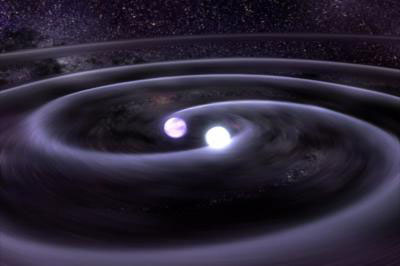 Gravitational waves, much like the recently discovered Higgs boson, are notoriously difficult to observe. Scientists first detected these ripples in the fabric of space-time indirectly, using radio signals from a pulsar-neutron star binary system. The find, which required exquisitely accurate timing of the radio signals, garnered its discoverers a Nobel Prize. Now a team of astronomers has detected the same effect at optical wavelengths, in light from a pair of eclipsing white dwarf stars.
Gravitational waves, much like the recently discovered Higgs boson, are notoriously difficult to observe. Scientists first detected these ripples in the fabric of space-time indirectly, using radio signals from a pulsar-neutron star binary system. The find, which required exquisitely accurate timing of the radio signals, garnered its discoverers a Nobel Prize. Now a team of astronomers has detected the same effect at optical wavelengths, in light from a pair of eclipsing white dwarf stars.
Aug 28th, 2012
Read more
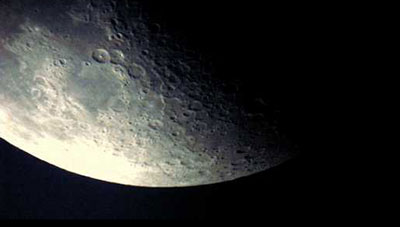 Immersed deep within the moon is much more water - maybe 100 times more - than scientists ever suspected. This finding by a team of researchers means the moon's interior may resemble the Earth's.
Immersed deep within the moon is much more water - maybe 100 times more - than scientists ever suspected. This finding by a team of researchers means the moon's interior may resemble the Earth's.
Aug 27th, 2012
Read more
Berkeley Lab researchers make historic observation of rare Type 1a Supernova.
Aug 24th, 2012
Read more
 Spacetime may be less like beer and more like sipping whiskey. Or so an intergalactic photo finish would suggest.
Spacetime may be less like beer and more like sipping whiskey. Or so an intergalactic photo finish would suggest.
Aug 23rd, 2012
Read more
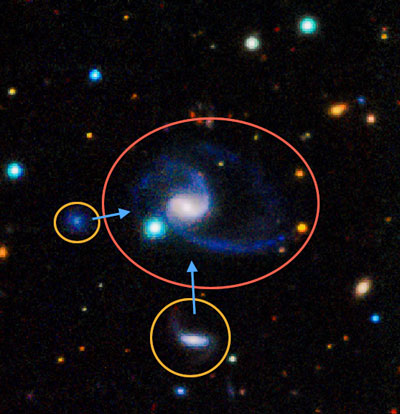 Research presented today at the International Astronomical Union General Assembly in Beijing has found the first group of galaxies that is just like ours, a rare sight in the local Universe.
Research presented today at the International Astronomical Union General Assembly in Beijing has found the first group of galaxies that is just like ours, a rare sight in the local Universe.
Aug 23rd, 2012
Read more
 The surface of the giant asteroid Vesta is weathering in a way that appears to be completely different from any other asteroid yet visited, according to new data recorded by NASA's Dawn spacecraft. This new type of space weathering suggests that there's something about Vesta - perhaps its mineral composition or its position in the solar system - that makes its surface environment fundamentally different from other asteroids studied thus far.
The surface of the giant asteroid Vesta is weathering in a way that appears to be completely different from any other asteroid yet visited, according to new data recorded by NASA's Dawn spacecraft. This new type of space weathering suggests that there's something about Vesta - perhaps its mineral composition or its position in the solar system - that makes its surface environment fundamentally different from other asteroids studied thus far.
 Subscribe to our Space Exploration News feed
Subscribe to our Space Exploration News feed












